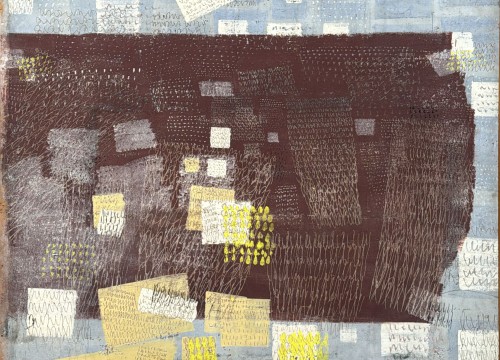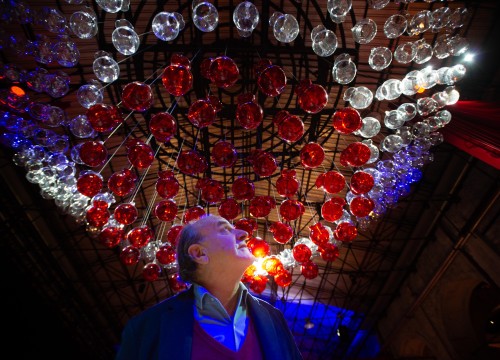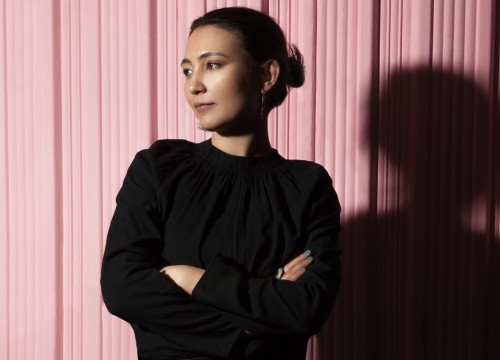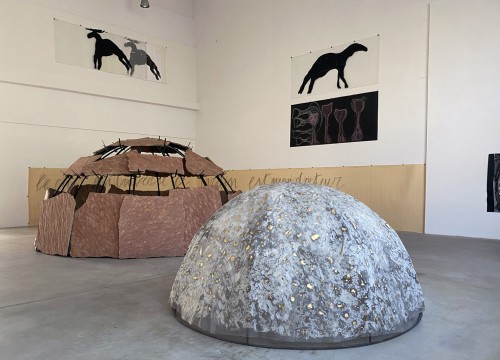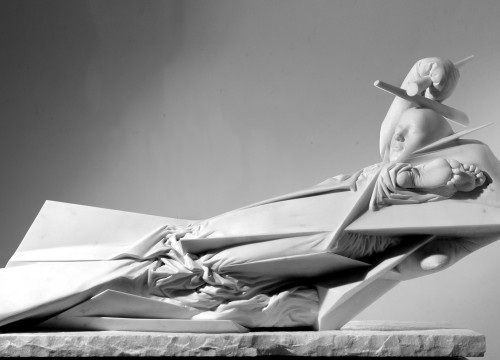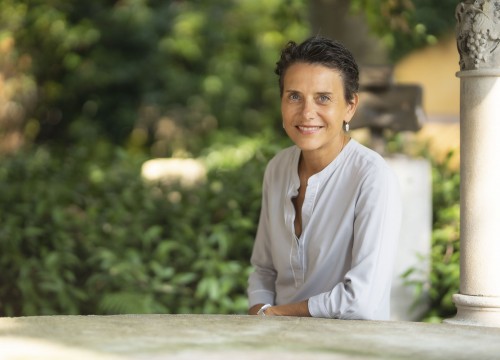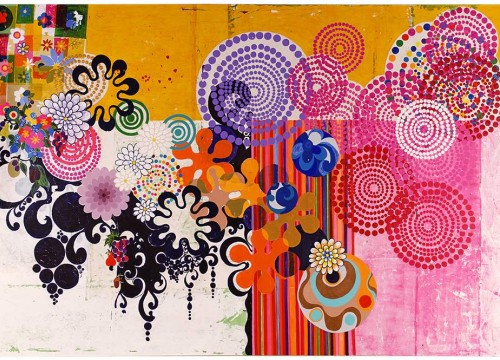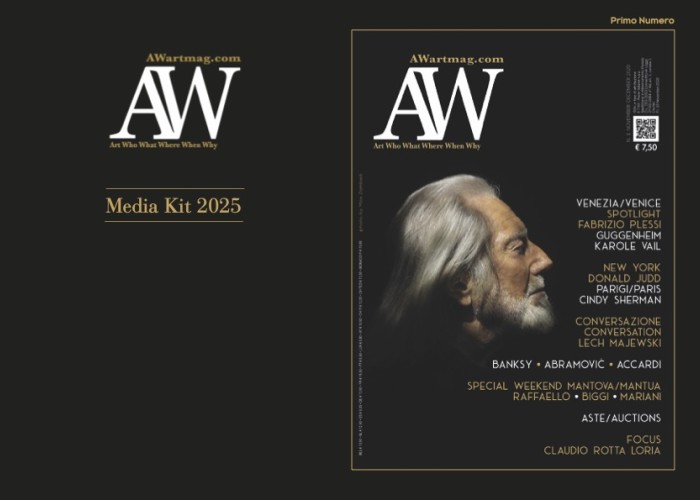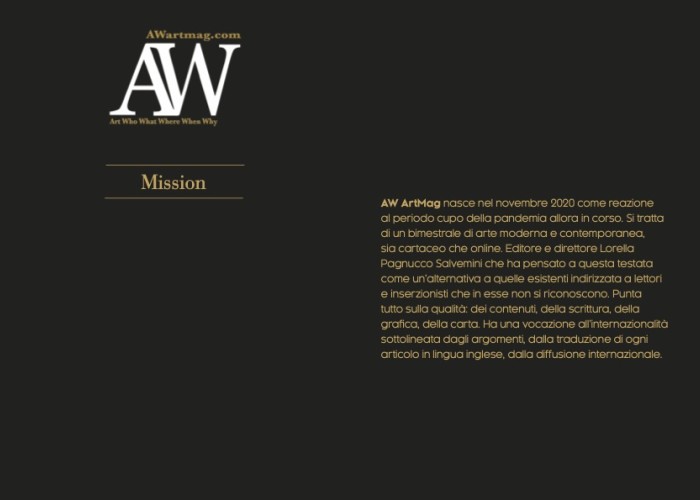On display 40 large-scale paintings, 20 sculptures, works on paper and artist’s books allow to understand the complexity of his painting
In order to understand Penck’s style and poetic is necessary to cite some key biographical elements. He was born Ralf Winkler in Dresda in 1939 and when he was 6 years old he witnessed the apocalyptic bombing of his city – a fact that became an inspiration for Kurt Vonnegut’s novel, “Slaughterhouse Five”, He started painting at the age of 10, when he was 14 he strongly affirmed he wanted to be an artist and at the age of 22 he witnessed the building of the Berlin Wall. As clearly demonstrated in this exhibit taking place in Mendrisio, Penck has little in common with the Soviet-style realism which was dominating all the artistic disciplines during the Cold War. He was rather impressed by a visit to the Ethnological Museum in Dresda, founded in 1875, fully within the colonial era, with “primitive” artworks and relics from all over the world, which became, starting from 1905, a meeting point for the members of the movement Die Brücke founded by Kirchner, Nolde e Pechstein, artists who started the expressionist movement, concurrently with their French colleagues, the fauves.
HIS PASSION FOR PRIMITIVE ART LED HIM TO STUDY PREHISTORY AS
WELL AS PHILOSOPHY, CYBERNETIC, HISTORY OF RELIGION, SCIENCE AND MUSIC
The passion for primitive art, testified by his accurate studies on early history, besides those on philosophy, cybernetic, history of religions, science and music, perfectly transpires from the expressionism characterizing the 40 large-scale paintings, the 20 sculptures of various materials ranging from wood to copper, cardboard and felt (much loved by his compatriot Beuys), the over 70 artworks on paper, the artist’s books and the precious notebooks displayed on a strict scientific basis. This itinerary allows the visitor to understand the rich and articulated paradigm of principles and rules that presided over his style and the goals of his poetic, that entirety the artist defined “standart”, which is the starting point of the exhibit.
BORN IN DRESDA IN 1939, AT THE AGE OF 6
HE WITNESSED THE APOCALYPTIC BOMBING OF HIS CITY
Penck, as illustrated by the teaching- information setup of the retrospective, wanted to create an image-concept, by which painting, drawing and sculpture would have turned into tools for analyzing the contemporary civilization and the human existence in their complex structure. Conceptual images acting as amplifiers for spreading his political and ideological beliefs. The main core of the exhibit mostly focuses on the “western” Penck, after his flight from East Germany in 1980, when his chromatic array becomes wider and more aggressive, his spatiality more articulated, the fields of color more vibrant and the references to primitivism and the German artistic avant-garde movement (Die Brücke from Dresda in the first place) grow clearer.
AFTER HIS ESCAPE FROM EAST GERMANY IN 1980, HIS CHROMATIC ARRAY BECOMES WIDER, MORE AGGRESSIVE AND THE FIELDS OF COLOUR BECOME MORE VIBRANT
And it’s right in the 80s that Penck’s art gets the final consecration, in the wake of the (umpteenth) so called “return to painting” characterizing his hedonist decade, which leads him to expose his artworks along with our champions of transavantgarde and the American neo-expressionists besides his compatriots like Kiefer, Baselitz, Lüpertz, Immerdorf, turning with them into a symbol of the new identity of the post-Nazi Germany and the opposition to the Cold War. The Italian-speaking museum has made a commendable work, considering that up to now the material and the studies on the artist were mostly in German language.









